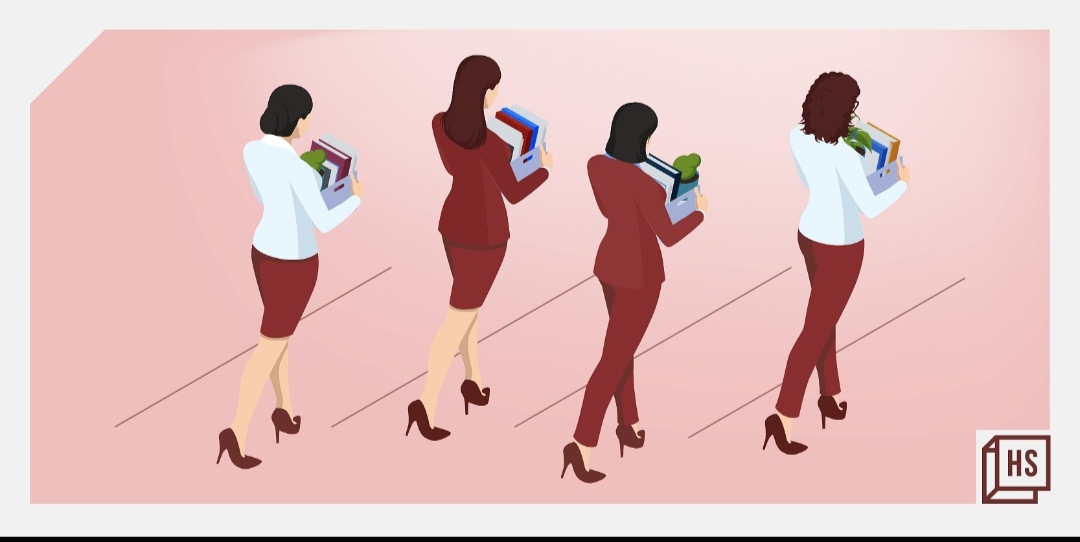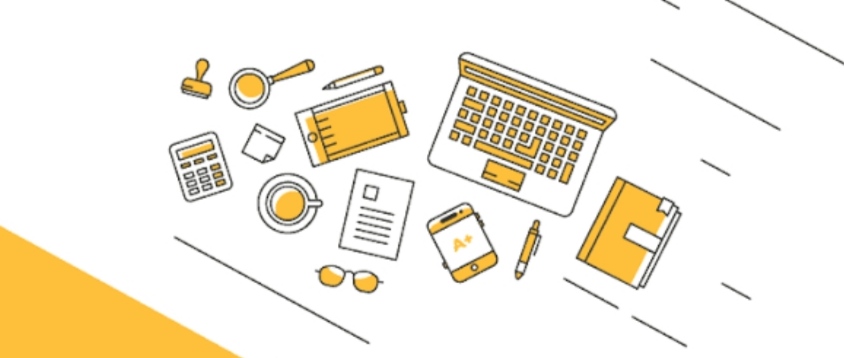The goal of all job creation strategies is to stimulate healthy economic growth. Economists agree that annual growth between 2%–3% is sustainable.1 This usually requires adding 150,000 new jobs per month to employ new workers entering the labor force. In a free market economy, the government doesn’t need to do anything when growth is healthy; capitalism encourages small businesses to compete, thereby creating better ways to meet consumers’ needs.
Even a healthy economy is subject to the bubbles and busts of the business cycle. When the economy contracts into a recession, the government must create solutions to unemployment. It may use expansive monetary and fiscal policies to stimulate job growth. Here are the eight job creation strategies that give the most bang for the buck.
Reduce Interest Rates
when a central bank, such as the Federal Reserve, uses its tools to stimulate the economy—often lowering the fed funds rate to increase the money supply, which increases liquidity and gives banks more money to lend.2 As a result, mortgage and other interest rates decline. With cheaper credit, consumers can borrow and spend more, allowing businesses to expand to meet the increased demand. This increased demand lets companies hire more workers and give them more purchasing power.
The Fed can also increase the money supply through quantitative easing, which is when it creates credit out of thin air to buy U.S. Treasurys, mortgage-backed securities, and any other kinds of debt.3 They can quickly put trillions of dollars into the economy by making credit available without increasing the U.S. debt. They also have many other tools, such as lowering the federal reserve requirement and lowering the rate on the discount window—which should be done first when a recession is looming because decisions can be made quickly through the regular Federal Open Market Committee meeting.4
The main disadvantage of this is that it relies on bank lending and doesn’t directly put money into consumers’ pockets. It can take six months or more to stimulate demand. It also doesn’t work once a severe recession is underway because there won’t be much demand for loans. If people feel too poor to borrow, it doesn’t matter how low interest rates are. If the recession continues, banks become unwilling to lend because borrowers’ credit scores fall. Another downside is that expansive monetary policy can trigger inflation if overdone. To prevent that from happening, the central bank must begin raising rates as soon as the recession is over.
Spend on Public Works




